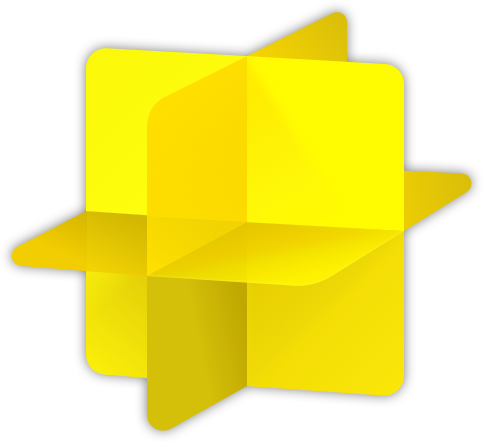

 Lens Studio
Lens Studio  Effect House
Effect House This festive lens blended football action with Nickelodeon’s signature slime. Users tapped to kick as many footballs as possible through a virtual field goal that appeared over their head. After the timer ended, Santa himself delivered a messy surprise, sliming the user in true Nick fashion. The experience wrapped with a scoreboard, giving players their final score and encouraging replay.
My Contributions
-
Developed the Snapchat lens in Lens Studio.
-
Developed the TikTok lens in Effect House, adapting the Lens Studio JS logic to Effect House’s node-based coding.
-
Implemented a state machine pattern to facilitate rapid testing and manage the lens intro, gameplay, and slime finale.
-
Optimized assets (animated 3D, image sequences, transitions) to meet strict size and performance limits.
Technical Highlights & Challenges
This was my first social lens project, and it doubled as a crash course in both Lens Studio and Effect House. Because there’s no cross-platform solution for lens development, I built the Snapchat version first and then recreated the flow in TikTok. Effect House’s node-based system lacked grouping or reusability, so converting a multi-state game flow meant building a maze of branching conditionals.
Performance optimization was another hurdle — the experience contained animated 3D elements, state transitions, and an image sequence. I had to reduce file size and memory load significantly to pass platform approval while still preserving fidelity and gameplay clarity.
Results
-
280K+ plays on Snapchat
-
Ranked in the top 10% of TikTok effects at launch
-
Positive feedback from Nickelodeon for both execution and audience engagement
Reflection
Being thrown headfirst into social lens development forced me to quickly pick up two very different platforms. The project taught me the value of lean state management and tight asset optimization, lessons I’ve applied on all social lenses since.
Related Projects


 Lens Studio
Lens Studio  Effect House
Effect House This festive lens blended football action with Nickelodeon’s signature slime. Users tapped to kick as many footballs as possible through a virtual field goal that appeared over their head. After the timer ended, Santa himself delivered a messy surprise, sliming the user in true Nick fashion. The experience wrapped with a scoreboard, giving players their final score and encouraging replay.
My Contributions
-
Developed the Snapchat lens in Lens Studio.
-
Developed the TikTok lens in Effect House, adapting the Lens Studio JS logic to Effect House’s node-based coding.
-
Implemented a state machine pattern to facilitate rapid testing and manage the lens intro, gameplay, and slime finale.
-
Optimized assets (animated 3D, image sequences, transitions) to meet strict size and performance limits.
Technical Highlights & Challenges
This was my first social lens project, and it doubled as a crash course in both Lens Studio and Effect House. Because there’s no cross-platform solution for lens development, I built the Snapchat version first and then recreated the flow in TikTok. Effect House’s node-based system lacked grouping or reusability, so converting a multi-state game flow meant building a maze of branching conditionals.
Performance optimization was another hurdle — the experience contained animated 3D elements, state transitions, and an image sequence. I had to reduce file size and memory load significantly to pass platform approval while still preserving fidelity and gameplay clarity.
Results
-
280K+ plays on Snapchat
-
Ranked in the top 10% of TikTok effects at launch
-
Positive feedback from Nickelodeon for both execution and audience engagement
Reflection
Being thrown headfirst into social lens development forced me to quickly pick up two very different platforms. The project taught me the value of lean state management and tight asset optimization, lessons I’ve applied on all social lenses since.


